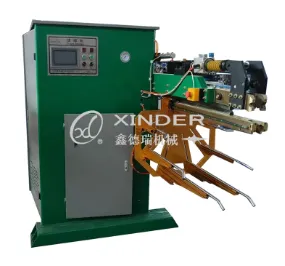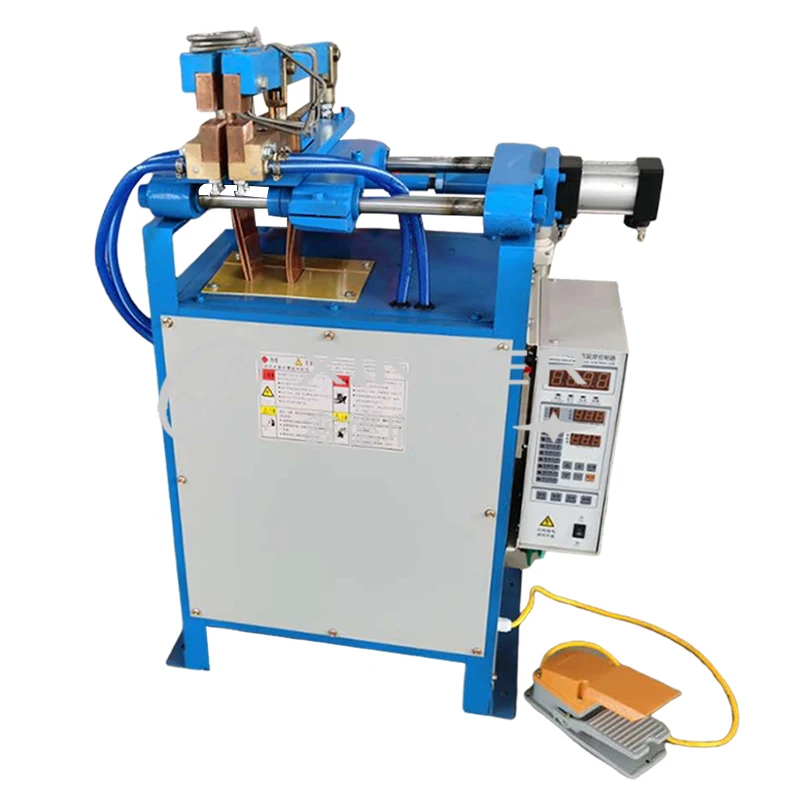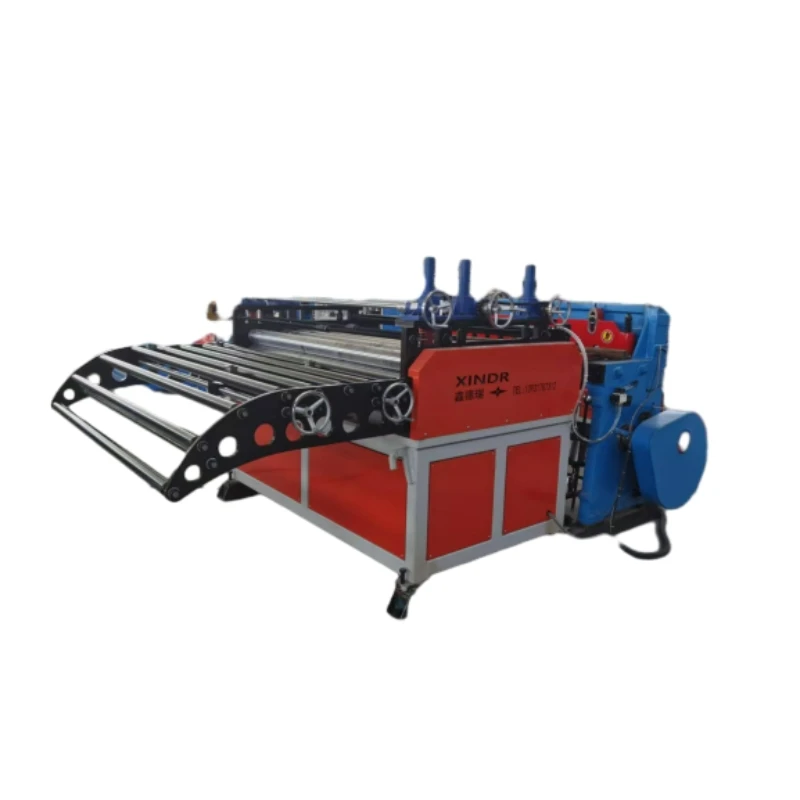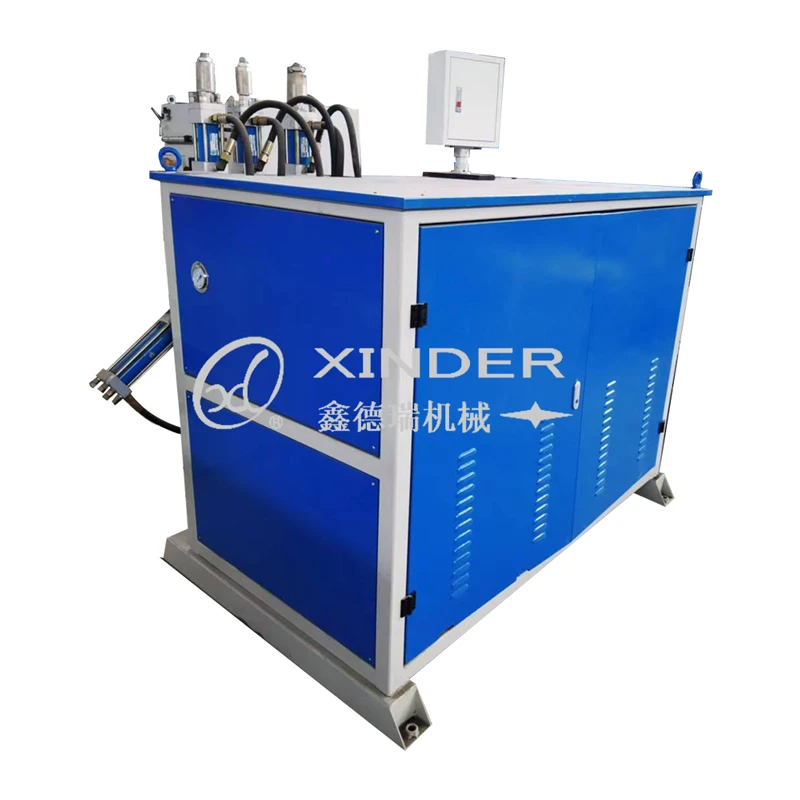-
 8613931787312
8613931787312 -
 Botou Industrial Zone on the east side of National Highway 104, Botou City, Hebei Province
Botou Industrial Zone on the east side of National Highway 104, Botou City, Hebei Province
- Afrikaans
- Albanian
- Amharic
- Arabic
- Armenian
- Azerbaijani
- Basque
- Belarusian
- Bengali
- Bosnian
- Bulgarian
- Catalan
- Cebuano
- Corsican
- Croatian
- Czech
- Danish
- Dutch
- English
- Esperanto
- Estonian
- Finnish
- French
- Frisian
- Galician
- Georgian
- German
- Greek
- Gujarati
- haitian_creole
- hausa
- hawaiian
- Hebrew
- Hindi
- Miao
- Hungarian
- Icelandic
- igbo
- Indonesian
- irish
- Italian
- Japanese
- Javanese
- Kannada
- kazakh
- Khmer
- Rwandese
- Korean
- Kurdish
- Kyrgyz
- Lao
- Latin
- Latvian
- Lithuanian
- Luxembourgish
- Macedonian
- Malgashi
- Malay
- Malayalam
- Maltese
- Maori
- Marathi
- Mongolian
- Myanmar
- Nepali
- Norwegian
- Norwegian
- Occitan
- Pashto
- Persian
- Polish
- Portuguese
- Punjabi
- Romanian
- Russian
- Samoan
- scottish-gaelic
- Serbian
- Sesotho
- Shona
- Sindhi
- Sinhala
- Slovak
- Slovenian
- Somali
- Spanish
- Sundanese
- Swahili
- Swedish
- Tagalog
- Tajik
- Tamil
- Tatar
- Telugu
- Thai
- Turkish
- Turkmen
- Ukrainian
- Urdu
- Uighur
- Uzbek
- Vietnamese
- Welsh
- Bantu
- Yiddish
- Yoruba
- Zulu
Understanding Seam Welding Technology: Applications and Equipment Overview
Seam welding is a critical welding technique used in manufacturing processes that require continuous, leak-proof joints, especially for cylindrical or flat sheet metal parts. This type of welding ensures consistent quality, making it ideal for industries like automotive, HVAC, food processing, and metal fabrication. In this article, we’ll explore the types of seam welding machines, their functions, and their specific applications.

What Is a Seam Welding Machine and How Does It Work?
A seam welding machine is a specialized device designed to produce continuous welds along a seam. It uses rotating wheels (electrodes) that apply pressure and electric current to the overlapping edges of metal sheets. This creates a series of overlapping spot welds, which merge to form a continuous seam. The process is fast, precise, and minimizes material distortion.
One of the most common types is the resistance seam welder, which utilizes the heat generated by electrical resistance at the contact surfaces of the workpieces. This process is especially effective for joining similar metals and is widely used in the production of fuel tanks, steel drums, and sealed containers.
Key benefits of seam welding machines include:
High-speed operation
Consistent weld quality
Minimal post-weld finishing
Suitable for automation and robotic integration
Types of Seam Welding: Focus on Longitudinal Seam Welding Machines
Among the various seam welding configurations, the longitudinal seam welder stands out as a vital tool for welding along the length of cylindrical or tubular components. A longitudinal seam welding machine is commonly used to join the edges of metal sheets to form tubes, pipes, or tanks. This machine ensures a straight, clean, and continuous weld from one end to the other, eliminating gaps and weak points in the product.
Features of a longitudinal seam welder typically include:
Precision clamping system to hold workpieces in place
Adjustable welding speed and pressure
Programmable logic controls for repeatability
Integration with TIG, MIG, or plasma welding systems
Industries that benefit from longitudinal seam welding machines include:
HVAC (heating, ventilation, and air conditioning)
Aerospace (fuel and hydraulic lines)
Stainless steel kitchen equipment
Pressure vessel manufacturing
The machine's ability to handle varying thicknesses and materials (like stainless steel, aluminum, and carbon steel) makes it a versatile solution for many production lines.
Selecting the Right Seam Welder for Your Application
Choosing the right seam welder depends on several factors, including the material type, thickness, weld length, and required precision. There are two main categories:
Resistance seam welders – Best suited for thin sheet metals and mass production. These machines are cost-effective and offer a high-speed, clean welding process.
Continuous or stitch seam welders – Designed for applications requiring air-tight or fluid-tight joints, often used in food-grade containers or chemical tanks.
When selecting a seam welding machine, consider:
Type of seam (longitudinal or circumferential)
Automation level (manual, semi-automatic, or fully automatic)
Welding method (resistance, TIG, MIG, plasma)
Cooling system (water-cooled systems are common in high-speed applications)
Working with experienced suppliers and manufacturers ensures that the seam welder is tailored to your specific production needs, offering reliability, durability, and high ROI over time.
In modern manufacturing, seam welding machines play a crucial role in ensuring structural integrity and leak-proof performance in cylindrical and flat sheet components. Whether you're using a longitudinal seam welder for pipe fabrication or a resistance seam welder for container production, selecting the right machine significantly impacts product quality and operational efficiency. As demand for precision and automation continues to grow, investing in advanced longitudinal seam welding machines has become a strategic choice for many manufacturers.
-
The Rise of Automation in Welding: Enhancing Precision and ProductivityNewsAug.15,2025
-
The Applications and Importance of Laser Welding in Modern ManufacturingNewsAug.15,2025
-
Revolutionizing Industrial Welding with Automatic Seam Welding TechnologyNewsAug.15,2025
-
Precision and Efficiency in Metal Packaging: The Role of Can Welding MachinesNewsAug.15,2025
-
Advancing Metal Joining Technologies with Laser Welding and Soldering SolutionsNewsAug.15,2025
-
The Rise of Laser Welding: Precision Meets Power in Modern MetalworkNewsAug.06,2025
-
Streamlining Industrial Packaging: The Power of Barrel Production LinesNewsAug.06,2025
-
 Pneumatic Handle Welding MachineSep . 13, 2024
Pneumatic Handle Welding MachineSep . 13, 2024 -
 Fully Automatic Kaiping Production LineOct . 17, 2024
Fully Automatic Kaiping Production LineOct . 17, 2024 -
 Fully Automatic Metal Bucket Lifting HeadphonesSep . 14, 2024
Fully Automatic Metal Bucket Lifting HeadphonesSep . 14, 2024

